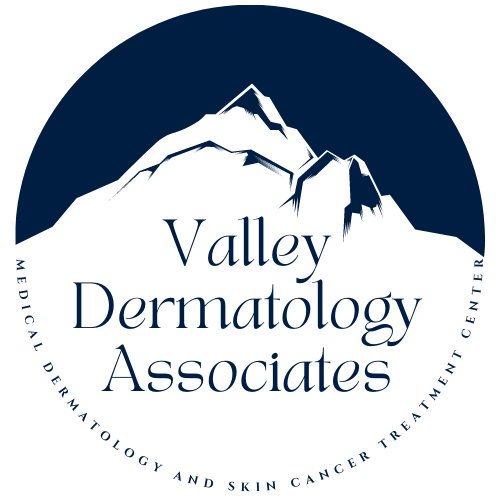Service
Acne
Acne is one of the most common skin conditions in the United States.
Who gets acne?
People of many ages experience acne, not just teens. A growing number of people have acne in their 30s, 40s, 50s, and beyond.
Acne appears on the skin as a zit, commonly known as a pimple. A zit is caused by an interplay between bacteria, oil, hormones, and inflammation. Not all acne is hormonal, however. It can form simply from your face’s oil glands overproducing oil that combines with dead skin cells, blocking your pores and hair follicles, and causing the body to respond with the puss and redness we’re all familiar with.
Hormonal acne occurs when hormones are interacting with the skin in any way. It doesn’t necessarily mean that the hormones are imbalanced, it simply means that the individual’s hormones are activating the oil glands in the skin so as to cause acne. Hormonal acne is often seen in women and teenagers, and fares can occur around the menstrual cycle.
The board-certified difference
Many people opt for at-home acne treatments, however, there are many benefits to seeing a board-certified dermatologist for your acne treatments. With at-home treatments, you are self-diagnosing, which leaves room for error. With all the knowledge and training a board-certified dermatologist has, they can correctly diagnose and treat your acne, making sure there are no underlying conditions. When you come to Valley Dermatology to treat your acne, you will be in the hands of a board-certified dermatologist.
A board-certified dermatologist can diagnose you and create a treatment plan tailored to your needs. They’re aware of all possible treatments and know your skin’s specific conditions.
Acne can occasionally be confused with another condition like hidradenitis suppurativa or perioral dermatitis. By visiting a dermatologist, you can avoid accidentally treating one of these conditions as acne yourself.
How can you treat your acne?
There are many factors that are considered when creating your doctor is creating a treatment plan for your acne, including your age, the type and severity of your acne, and what you are willing to commit to. If your case is more severe, you may need to commit to a more in-depth program.
Topical treatments: Retinoids and retinoid-like drugs, topical antibiotics, or acids (Azelaic, Salicylic).
Antibiotics: These drugs work to reduce redness and inflammation on the skin, and are often combined with a retinoid in the beginning of treatment, and a benzoyl peroxide to reduce the likelihood of developing antibiotic resistance.
Oral antibiotics: for moderate to severe acne, oral antibiotics can reduce bacteria as well as reduce inflammation.
Anti-androgen medication (ex: spironolactone): These medications are often used to treat women with acne, and they reduce the effects of androgen hormones on oil glands, which helps decrease oil production and reduce inflammatory lesions.
Laser treatment: Sometimes laser treatments can reduce the visible marks and scars from acne.
Why is now the time to treat your acne?
There are many myths associated with acne, and one of the most dangerous is to let it run its course. As dermatologists, for the sake of you and your skin, we do not recommend leaving acne untreated. Without treatment, dark spots and permanent scars can appear on the skin as acne clears. You could also prevent years of breakouts and potential scarring. An early investment in treating your acne is an investment in your self-esteem.
What does an acne treatment plan look like?
The success of your acne treatment is as dependent on your involvement as it is your doctor’s recommendations. Most of the treatment will be done in your home (applying topical treatments, cleansing your skin, taking oral medications, and more). Again, your treatment is created based on your needs, lifestyle and life stage, and your capacity to keep up with the program.
Often your doctor will recommend combining some of the below treatments. Each type of treatment helps certain things, so utilizing multiple treatment options can bring more than one desired result.
Follow-ups are necessary even after you’ve completed your program. Your dermatologist will want to track your acne healing progress. Without treatment, many people see breakouts for years. To prevent this, your dermatologist will give you a different treatment plan.
Office
3911 Castlevale Rd, Suite 301
Yakima, Washington 98902
Phone
(509) 966 7899
Monday – Thursday:
7:45am – 12:30pm and
1:30p – 5:45p
